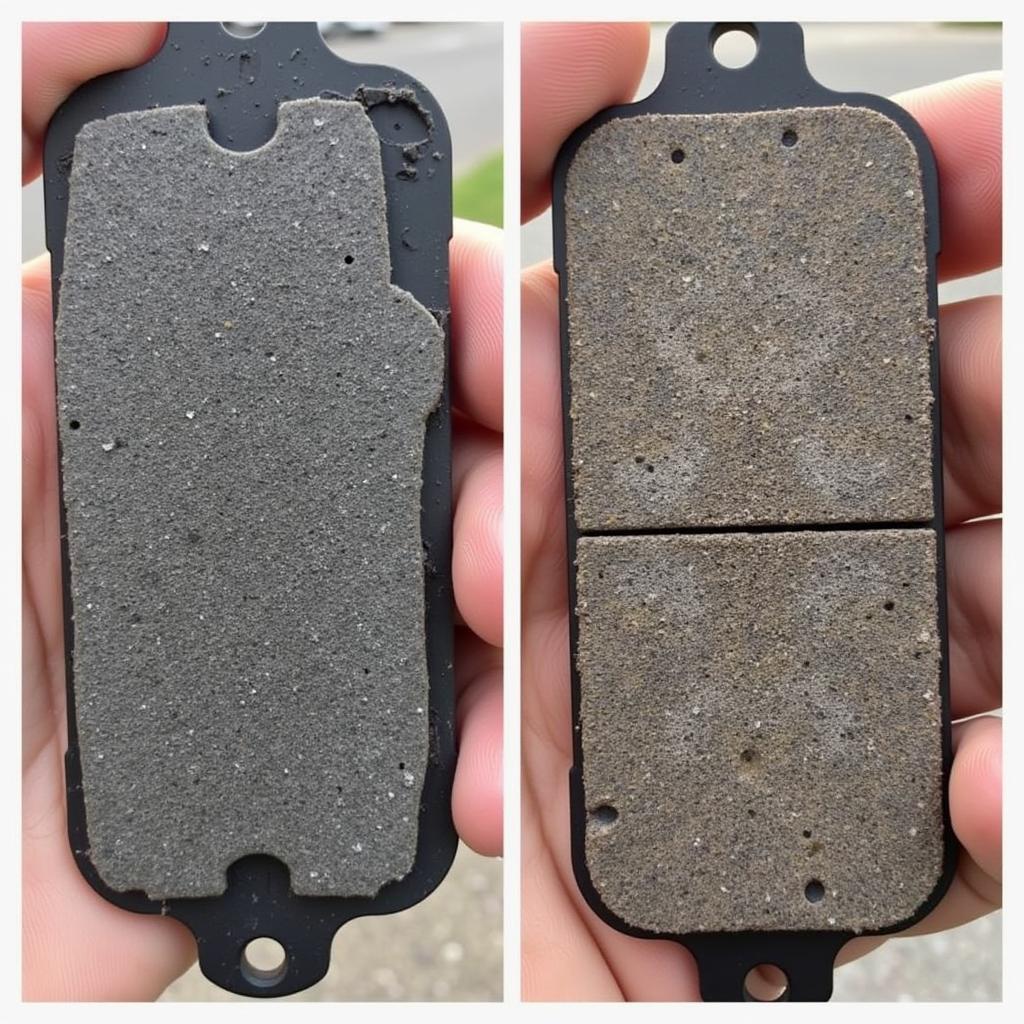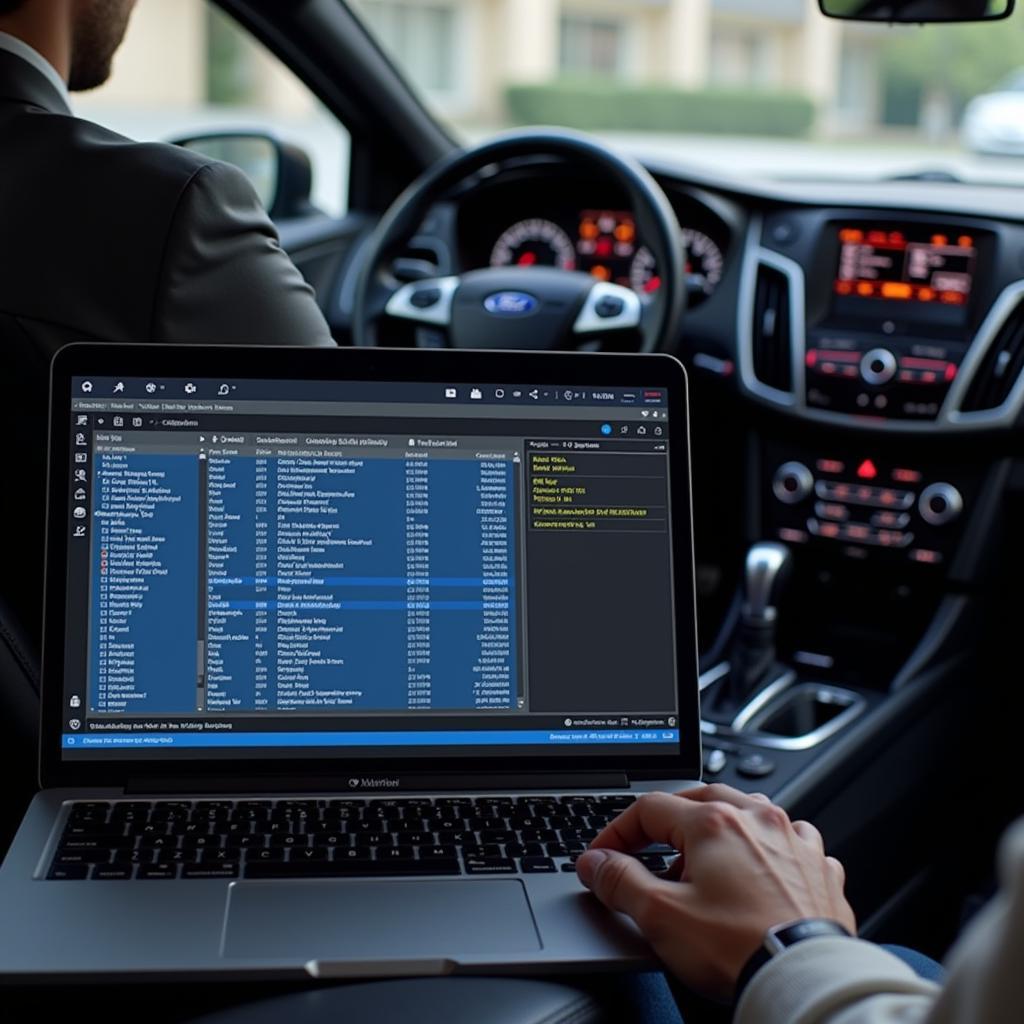The brake system warning light on your Mazda 2 is a crucial safety feature. When illuminated, it signals a potential problem within your braking system that requires immediate attention. Ignoring this warning could lead to reduced braking performance and increase the risk of an accident.
This comprehensive guide will equip you with the knowledge to understand the common causes behind a Mazda 2 brake system warning light and guide you on the appropriate actions to take.
Decoding the Warning: What Triggers the Brake Light?
While the appearance of the warning light itself might seem alarming, it’s important to remember that it’s designed to alert you, not to frighten you. Here’s a breakdown of the typical culprits behind a glowing brake warning light:
- Low Brake Fluid Level: This is the most frequent offender. Brake fluid, the lifeblood of your car’s braking system, can diminish over time due to leaks or worn brake pads.
- Worn Brake Pads: Your Mazda 2’s brake pads have wear indicators that trigger the warning light as they approach the end of their lifespan.
- Faulty Brake Light Switch: The brake light switch activates your brake lights when you press the pedal. If malfunctioning, it can illuminate the warning light.
- ABS Issue: While less common, problems within the Anti-lock Braking System (ABS) can also trigger the warning.
Troubleshooting Your Mazda 2 Brake Warning Light: A Step-by-Step Guide
Before rushing to a mechanic, there are a few checks you can perform yourself:
-
Check Your Brake Fluid Level: Park your Mazda 2 on a level surface and locate the brake fluid reservoir. The reservoir, typically translucent plastic, is usually situated on the driver’s side of the engine bay. Markings on the reservoir indicate the minimum and maximum fluid levels.
-
Inspect Your Brake Pads: If comfortable, you can visually inspect your brake pads through the spaces between the wheel spokes. Look for signs of excessive wear – if the pad material appears thin (less than ¼ inch), it’s time for a replacement.
 Worn brake pads on a Mazda 2
Worn brake pads on a Mazda 2 -
Consider Your Driving: Have you noticed any recent changes in your brake pedal feel? Does it feel spongy, require more pressure than usual, or go closer to the floor? These could be telltale signs of a brake system issue.
When to Seek Professional Help
If your self-checks don’t reveal a simple fix, or you’re uncomfortable performing them, it’s time to call in the professionals. Remember, attempting DIY repairs on your braking system can be dangerous if you lack the necessary expertise.
“Ignoring a brake warning light is like ignoring a flashing ‘check engine’ light on an airplane,” says John Smith, a senior automotive technician with over 20 years of experience. “It’s not worth the risk. Get it checked by a professional immediately.”
Beyond the Mazda 2: Understanding Brake Warning Lights in Other Vehicles
While this article focuses on the Mazda 2, the principles and common causes discussed apply to most vehicles. If you’re experiencing brake warning light issues with a different Mazda model, such as the Mazda 6 or Mazda CX-30, the troubleshooting steps remain similar.
For specific information related to other Mazda models, refer to these resources:
Remember, timely attention to any brake system warning light, regardless of your vehicle, is paramount to ensuring your safety and the safety of others on the road.
Conclusion
Addressing a Mazda 2 brake system warning light promptly is crucial for safe driving. By understanding the common causes and taking the necessary steps, you can ensure your vehicle remains in peak braking condition. Remember, safety always comes first, and a well-maintained braking system is non-negotiable.

